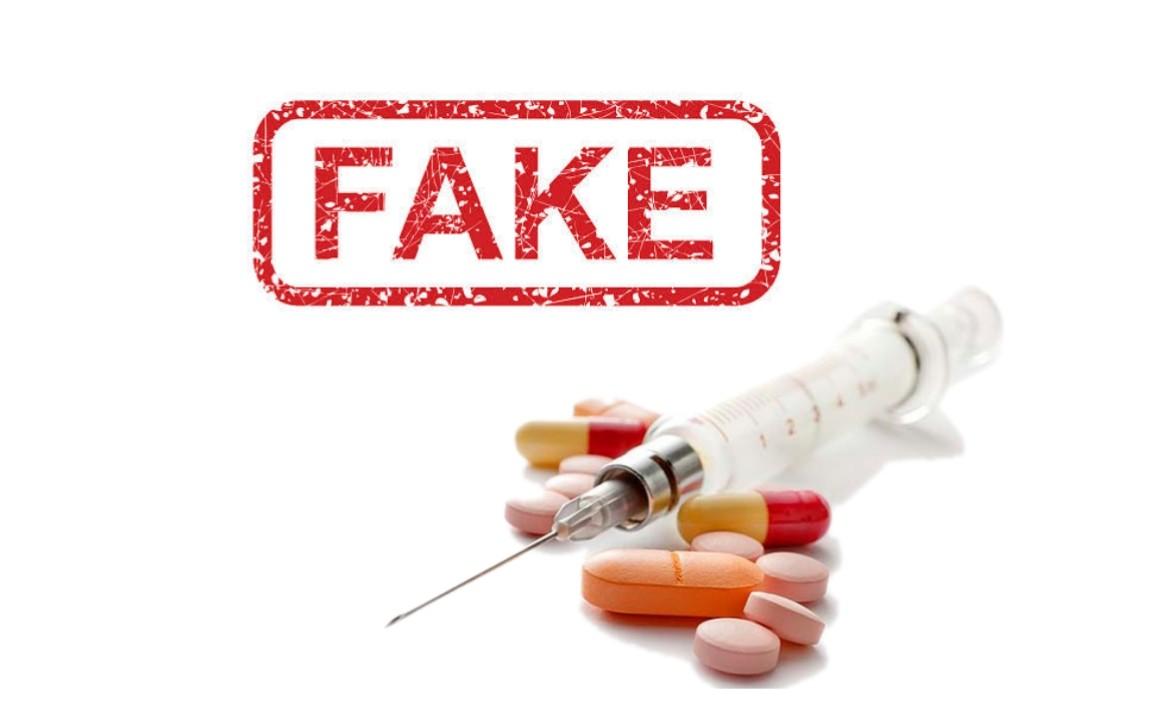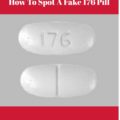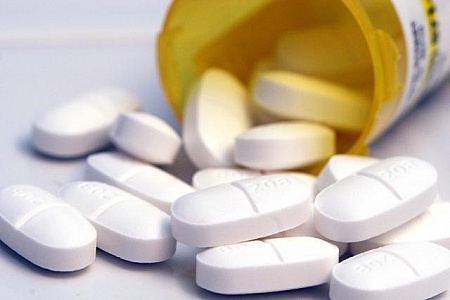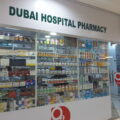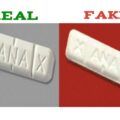What are fake drugs?
A fake drug, also known as a counterfeit drug is a medication or pharmaceutical item which is produced and sold with the intent to deceptively represent its origin, authenticity, or effectiveness. A fake drug may contain inappropriate quantities of active ingredients or none, may be improperly processed within the body (e.g., absorption by the body), may contain ingredients that are not on the label (which may or may not be harmful), or may be supplied with inaccurate or fake packaging and labeling.
Counterfeit drugs are related to pharma fraud. Drug manufacturers and distributors are increasingly investing in countermeasures, such as traceability and authentication technologies, to try to minimize the impact of counterfeit drugs.
How common are fake drugs?
Fake drugs are widespread, the World Health Organization (WHO) says 42% of all fake medicines reported to them between 2013 and 2017 were from Africa. Pfizer reported discovering 14 of its counterfeited pharmaceutical products in at least 36 countries, including the U.S., in the first 9 months of 2009 and reportedly seized more than 11 million counterfeit tablets, capsules, and vials that year. Also, a U.S. government crackdown uncovered some 800 packages of counterfeit medications, including Viagra (sildenafil citrate), Vicodin (hydrocodone bitartrate and acetaminophen), and Claritin (loratadine).
Legitimate, correctly labeled, low-cost generic drugs are not counterfeit or fake (although they can be counterfeited), but can be caught up in anti-counterfeiting enforcement measures. In that respect, a debate is raging as to whether “counterfeit products [are] first and foremost a threat to human health and safety or [whether] provoking anxiety [is] just a clever way for wealthy nations to create sympathy for increased protection of their intellectual property rights”. Generic drugs are subject to normal regulations in countries where they are manufactured and sold.
What is an active ingredient?
Active ingredients are the substances in drugs that are responsible for the beneficial health effects experienced by consumers. The active ingredient in a pharmaceutical drug is called an active pharmaceutical ingredient (API). An example of an API is the acetaminophen contained in a pain relief tablet. The active ingredient in a biological drug is called a bulk process intermediate (BPI). An example of a BPI is the insulin contained in an insulin pen cartridge, for use by diabetics.
The quality of active ingredients in a drug has a direct effect on the safety and efficacy of that drug. Poorly manufactured and contaminated active ingredients have been associated with negative health outcomes, including death, in a number of incidents over the past decades. For this reason, most countries around the world are now regulating active ingredients.
The Five Characteristics of Fake Drugs
Fake drugs are poorly manufactured and generally described by the characteristics known as the 5Cs, they can:
- Contain no active ingredient: A good percentage of fake drugs contain no active ingredients at all but contain powder chalk or other inactive ingredients.
- Contain substandard ingredients: Fake drugs can also contain substandard active ingredients. Studies have shown that treatment with substandard drugs such as antibiotics can lead to the emergence of resistant organisms and may have a deleterious effect on a wide section of the population. In extreme cases, counterfeit drugs may even cause death.
- Contain undeclared active ingredients: One of the major challenges in managing against the threat of fake drugs especially for the FDA is the issue of undeclared ingredients. Many fake drugs especially those promoted for sexual enhancement and weight loss have been found to contain undeclared active ingredients.
- Contain dangerous or illegal ingredients: What make fake drugs very deadly is the presence of illegal and dangerous ingredient. Fake Xanax for example has been found to contain fentanyl which is a powerful synthetic opioid that is similar to morphine but is 50 to 100 times more potent. A grain of a drug containing fentanyl can kill a person instantly.
- Contain contaminants and incorrect dosage (too much, too little, or variation in dose across tablets): Manufacturers of fake drugs do not adhere to good manufacturing practices. Most fake drugs are produced by unqualified personnel in illegal labs under very unhygienic conditions. They also contain incorrect quantities of active ingredients.
API and Fake Drugs in the United States
The United States, through its investment in biomedical research, has become a world leader in drug discovery and development but is no longer at the forefront of drug manufacturing. Historically, the production of medicines for the U.S. population has been domestically based. However, in recent decades, drug manufacturing has gradually moved out of the United States. This is particularly true for manufacturers of active pharmaceutical ingredients (APIs), the actual drugs that are then formulated into tablets, capsules, injections, etc. As of August 2019, only 28 percent of the manufacturing facilities making APIs to supply the U.S. market were in our country. By contrast, the remaining 72 percent of the API manufacturers supplying the U.S. market were overseas, and 13 percent are in China.

